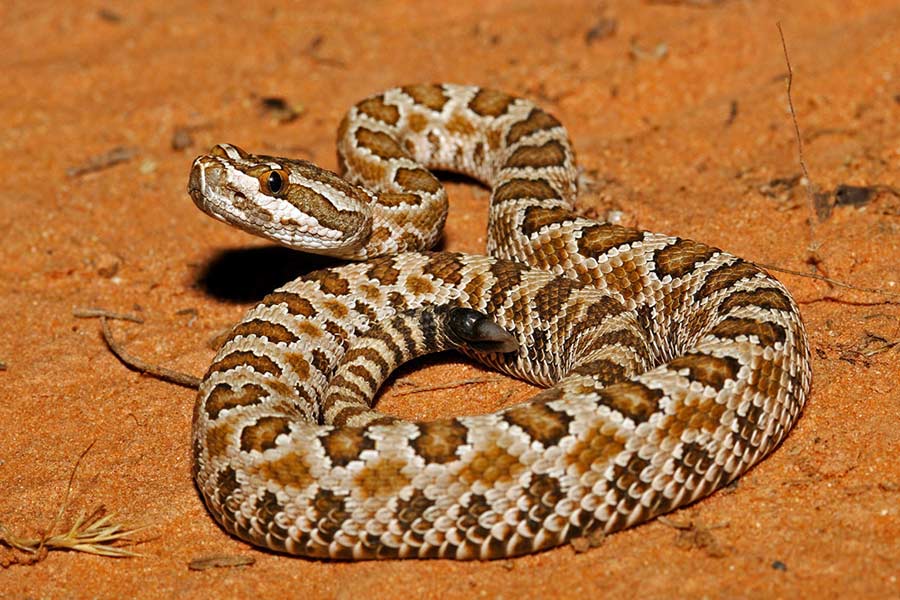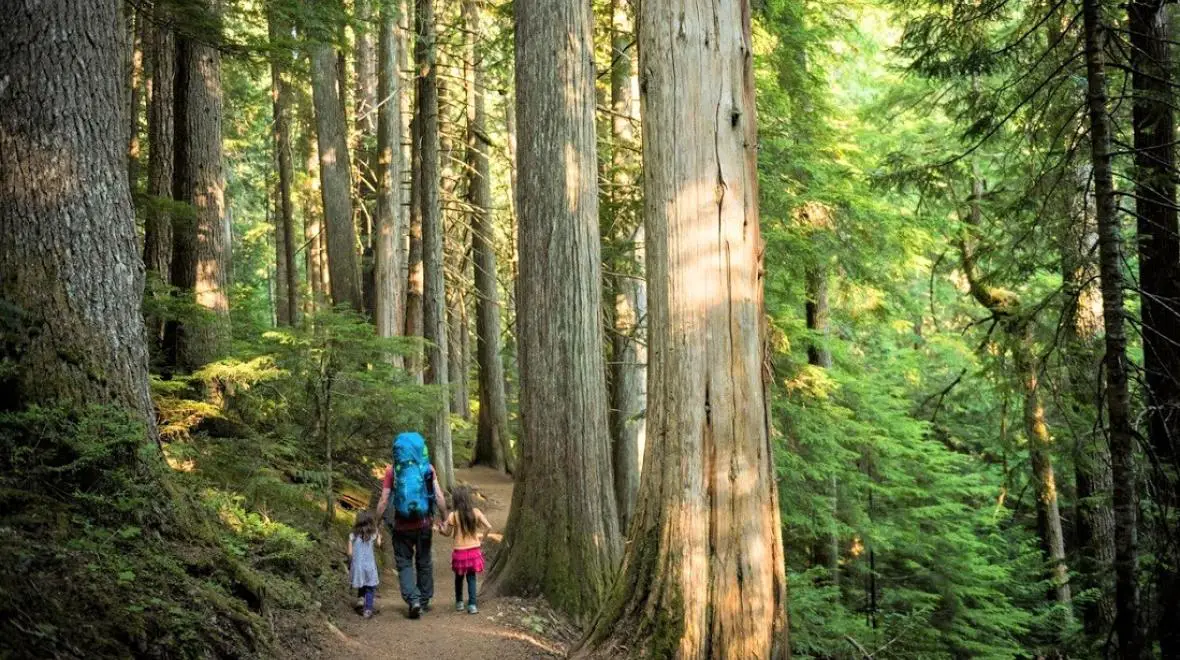To avoid wildlife encounters, take precautionary measures by staying on designated trails and avoiding direct contact or feeding of animals. These steps will help minimize the risk of dangerous encounters and protect both wildlife and humans.
Exploring the natural world can be a thrilling and captivating experience, allowing us to connect with the beauty of wildlife. However, it is crucial to remember that these encounters should be enjoyed from a safe distance. Venturing into the wilderness without proper precautions can lead to unexpected and potentially dangerous encounters with wildlife.
Whether you are hiking, camping, or simply spending time outdoors, taking steps to avoid wildlife encounters is essential. By following a few simple guidelines and staying aware of your surroundings, you can ensure a safer and more enjoyable experience in nature. We will explore the precautions you should take to minimize the risk of wildlife encounters and foster a harmonious coexistence with the animal kingdom.
Tip 1: Know Your Surroundings
To avoid wildlife encounters, it is crucial to know your surroundings. Be aware of your environment, observing changes and signs of animal presence. Understanding local wildlife habits and behaviors is important. This knowledge allows you to anticipate their movements and take necessary precautions.
Before visiting an area, research the wildlife that resides there. Familiarize yourself with their preferences, patterns, and potential dangers. This will enable you to plan accordingly and minimize the risk of unexpected encounters. By being proactive and knowledgeable about the wildlife in the area, you can ensure a safe and enjoyable outdoor experience.
Remember to always prioritize your safety and respect the natural habitat of these animals.

Credit: wildlife.utah.gov
Tip 2: Keep A Safe Distance
Maintaining a safe distance from wildlife is crucial to avoid encounters and ensure everyone’s safety. It is essential to admire animals from afar, appreciating their beauty and natural behavior without disturbing them. If you desire a closer look, binoculars or a zoom lens can provide an opportunity for close-up views without intruding on their space.
Respecting the animals’ boundaries by maintaining a safe distance also minimizes the risk of any unintended accidents or conflicts. By following these guidelines and being mindful of your surroundings, you can peacefully coexist with wildlife while appreciating their presence in their natural habitat.
Stay observant, stay respectful, and stay safe.
Tip 3: Dispose Of Food Properly
When out in the wild, it is important to dispose of food properly to avoid wildlife encounters. Avoid leaving any food scraps or garbage behind as they can attract animals. One way to secure your food is by using bear-resistant containers.
These containers are designed to prevent bears from accessing the contents inside. Additionally, make sure to properly store your food in vehicles or lockers to keep it secure. Taking these precautions will help minimize the risk of wildlife encounters and ensure the safety of both humans and animals.
So, always remember to dispose of food properly and take the necessary steps to keep it secure during outdoor activities.
Tip 4: Respect Wildlife’S Space
Respecting wildlife’s space is a crucial precaution to avoid wildlife encounters. It’s important not to approach or chase animals, giving them the right of way. Staying on designated trails helps maintain a safe distance from their natural habitats and minimizes the risk of disturbing them.
Being mindful of these guidelines ensures the protection of both wildlife and ourselves, allowing us to enjoy their presence while maintaining a respectful distance. By showing respect and understanding, we can coexist harmoniously with wildlife and contribute to their preservation.
So remember, keep your distance, give them the space they need, and stick to designated trails when venturing into their territory.
Tip 5: Be Prepared For Wildlife Encounters
Encountering wildlife can be both exciting and potentially dangerous, so it’s crucial to take precautions to stay safe. One important tip is to carry bear spray or other deterrents with you. These can be powerful tools to ward off animals if needed.
Additionally, it’s essential to learn how to use them effectively to maximize their effectiveness. Another precaution is to have a plan in case you do come across wildlife. This can involve knowing how to react calmly and confidently, and understanding when to stand your ground or slowly back away.
By being prepared and taking these precautions, you can minimize the risk of a dangerous wildlife encounter and enjoy your outdoor experiences with more peace of mind.
Frequently Asked Questions For What Precautions Should I Take To Avoid Wildlife Encounters?
How Do You Protect Yourself From Wildlife Hiking?
To protect yourself from wildlife hiking: 1. Stay alert and aware of your surroundings at all times. 2. Make noise to alert animals of your presence and avoid surprising them. 3. Carry bear spray or other deterrents recommended for the trail you’re on.
4. Respect wildlife by keeping a safe distance and never feeding them.
Which Of The Following Is A Safety Precaution To Take In Order To Avoid Wildfire?
To avoid wildfires, practice these precautions: clear vegetation around your home, dispose of flammables properly, have a fire extinguisher, and monitor weather conditions.
What Should Or Shouldn T People Do If They Encounter A Wild Animal?
If you encounter a wild animal, keep calm and slowly back away without making sudden movements. Do not approach or feed the animal.
How Do You Interact With Wildlife Safely?
To interact with wildlife safely, follow these guidelines: 1. Avoid approaching or touching wild animals to prevent any potential harm. 2. Maintain a safe distance and observe animals from a respectful distance. 3. Do not feed wild animals as it can disrupt their natural behaviors and cause dependency.
4. Educate yourself about the specific wildlife species and their behaviors to understand how to interact safely.
Conclusion
To ensure a safe and enjoyable outdoor experience, taking precautions to avoid wildlife encounters is crucial. By following a few simple guidelines, you can minimize the risk of encountering potentially dangerous animals. First and foremost, always research the area you plan to visit and familiarize yourself with the local wildlife.
This knowledge will allow you to understand their habits and behaviors, helping you avoid areas where they are commonly found. Next, make sure to securely store your food and garbage, as attracting wildlife with food can lead to dangerous interactions.
Additionally, hike in groups and make noise to alert animals of your presence, reducing the chances of surprising them. Lastly, keep a safe distance from all wildlife, as even seemingly harmless animals can become unpredictable when threatened. By adhering to these precautions, you can enjoy your outdoor adventures while respecting the natural habitat and wildlife that inhabit it.



